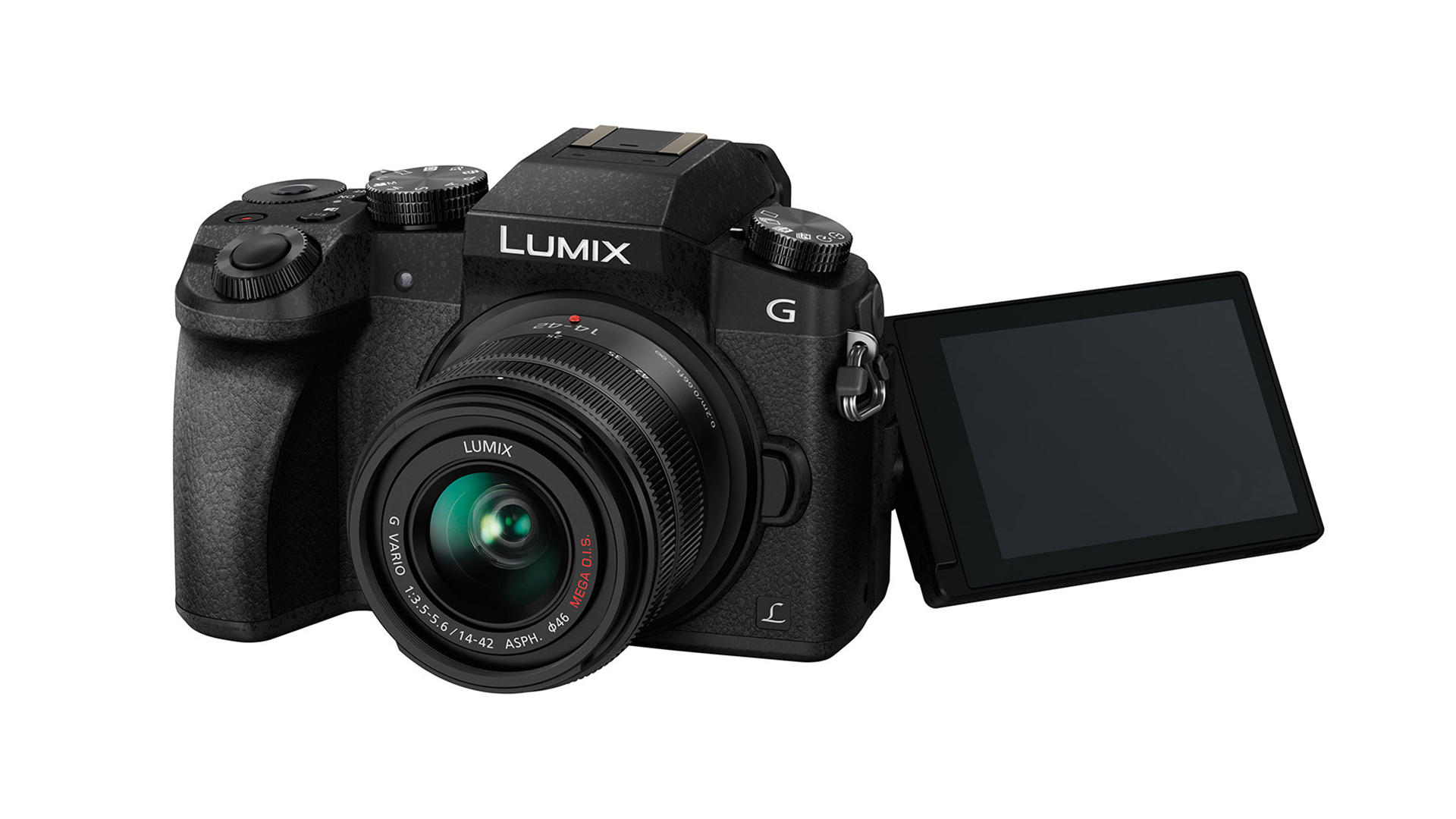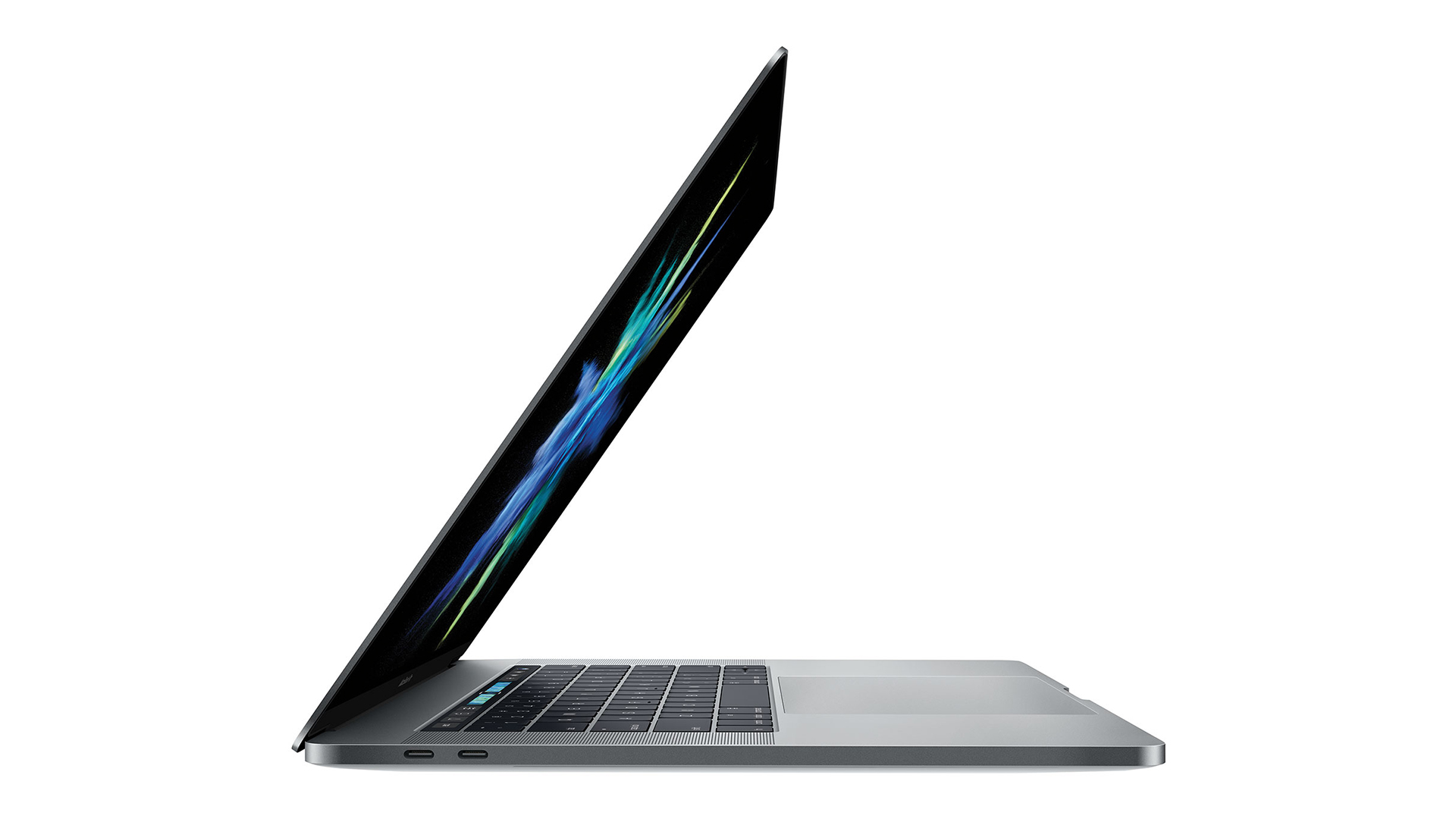 To create content that will become successful on YouTube you need the right tools and a clear understanding of the things people want to learn about a topic. I’ve been running a tech-based YouTube channel, JTechAppleTV, for five years, and I have gained a tremendous amount of experience over that time. I have just started writing articles for Best Buy’s blog (this is my first) so I thought I’d write about something I know really well. So here are some of the things I have learned about running a successful YouTube channel.
To create content that will become successful on YouTube you need the right tools and a clear understanding of the things people want to learn about a topic. I’ve been running a tech-based YouTube channel, JTechAppleTV, for five years, and I have gained a tremendous amount of experience over that time. I have just started writing articles for Best Buy’s blog (this is my first) so I thought I’d write about something I know really well. So here are some of the things I have learned about running a successful YouTube channel.
Firstly, every part of a video is equally important, whether its the camera, audio recorder, computer and software, or even video topic. By having a winning combination of these four aspects of the production your next (or first!) video will definitely stand out. Some of this stuff you can find at Best Buy, and the rest you can’t find in a store! In this post, I’ll try to help you make some great decisions with your videos by discussing my workflow and the reasons for choosing each item I use.
Deciding on a Video Topic
 Coming up with a topic for a video can sometimes be an intimidating process. When I was starting to build my channel, I relied on talking about products I had already owned such as an iPhone 4S or Beats by Dr. Dre headphones. I was eager to share as much as possible and make myself known on YouTube. This is a great way to begin building your brand without making any major investments.
Coming up with a topic for a video can sometimes be an intimidating process. When I was starting to build my channel, I relied on talking about products I had already owned such as an iPhone 4S or Beats by Dr. Dre headphones. I was eager to share as much as possible and make myself known on YouTube. This is a great way to begin building your brand without making any major investments.
Once my channel started to grow, I began to narrow my selection of what products to talk about. I now take into consideration how popular the product is and how much interest I have for it. Sometimes, I’ll even take requests from viewers as a way to interact with them. For example, I recently did a video on my first camera I used for YouTube as a way to engage with my audience and deviate from the normal review.
By focusing on the latest devices and interacting with your fanbase, you’re creating content that will appeal to the masses.
Capturing the Footage
 With a lot of great cameras on the market, it is often difficult to find the best one for you. I have had the privilege of test-driving cameras from Sony, Canon, and Panasonic, and it was definitely beneficial in choosing the one I like most. Since each model has its own characteristics such as video quality, lens options, or form factor, deciding on a camera that works for you can be a very thought-provoking process.
With a lot of great cameras on the market, it is often difficult to find the best one for you. I have had the privilege of test-driving cameras from Sony, Canon, and Panasonic, and it was definitely beneficial in choosing the one I like most. Since each model has its own characteristics such as video quality, lens options, or form factor, deciding on a camera that works for you can be a very thought-provoking process.
The camera I currently use is the Panasonic Lumix G7, and it is my goto for my work because it offers 4K resolution recording in a flexible file format. This allows you to shoot high quality video that can be edited very easily. The camera also features a flip-out touchscreen LCD screen and easy-to-use menu system, while also remaining relatively portable for travel as well as handheld shooting. The micro-four-thirds mount has a wide variety of budget friendly lenses, while also giving you the option to adapt third-party glass as well.
For my own videos, I use the G7 on a Manfrotto 755XB MDeVe Video Tripod and MVH500AH Fluid Video Head to ensure stable video. The fluid head also helps create smooth pan shots used throughout the video. To keep the videos properly exposed, I use a set of soft boxes and modify their positioning depending on the shot.
The Panasonic Lumix G7 comes bundled with a 14-42mm lens and is priced lower than competing cameras from the likes of Canon or Sony, so you will be hard pressed to find a better value. The all-in-one simplicity and top-notch quality of the G7 are the reasons why it is my top recommendation for a content creator of any skill level.
Recording the Audio
 The next important piece to any video is the audio that complements it. Have you ever come across a video that looked great, but the sound was poor and almost too distracting? A proper recording solution will fix that.
The next important piece to any video is the audio that complements it. Have you ever come across a video that looked great, but the sound was poor and almost too distracting? A proper recording solution will fix that.
The setup I have been using consists of the Rode NT1 cardioid condenser microphone and Focusrite Scarlett 2i2 USB audio interface. The Rode NT1 produces a crisp sound that is suited perfectly for voiceover recordings. Being an XLR microphone, you will need a separate audio interface to power the microphone and connect it to a computer. This extra device allows an XLR microphone to offer better sound compared to a USB model. The Focusrite Scarlett 2i2 is my goto option with its two XLR inputs, gain control, as well as direct volume control to headphones.
For casual audio recording purposes, the Focusrite Scarlett line is reliable, robust, and one of the more affordable choices for USB audio interfaces. I have been using the current setup for about two years, and have experienced nothing less than a stellar experience.
Editing the Final Video

Once I finish shooting the video, I take it over to my MacBook Pro 15” with Touch Bar for editing. I use Apple’s own Final Cut Pro X because of it’s optimization with Apple’s hardware, resulting in a smooth editing experience regardless of how long a project could be. I also prefer Final Cut Pro X because it has an advanced feature set in an easy to understand interface, which allows me to get each video done in no time. Other alternatives I would recommend are Adobe After Effects and Premiere Pro, or even the cheaper yet very capable iMovie.
The MacBook Pro allows me to edit videos on the go thanks to the powerful AMD graphics card and Intel i7 processor, as well as the Retina display that makes colour correcting footage easier. Portability is also no issue due to the thin form factor. You can easily use the MacBook Pro in a desktop setup or as a laptop, so videos can get done anywhere. Having a machine that comes close in power to an iMac but can be used anywhere is why the MacBook Pro will be my main editing computer of choice for years to come.
Creating YouTube videos is a time-consuming yet rewarding process. When putting together an arsenal of equipment, it’s important to consider what works best for you. As someone who has jumped around between a variety of cameras, microphones, and computer configurations, I believe I have put together a format that performs well for my work. However, with most modern technology, it is an ever evolving practice to improve as there are always advancements on the horizon.
Let me know what you think of my first post? Ask me anything and I’ll do my best to help.




you please recommend a mike for outdoor/wilderness use.
Awesome! Thanks for sharing with us how you create your content!
Glad you enjoyed it 🙂
hey cn u pls make tutorials on final cut pro.
Comments are closed.